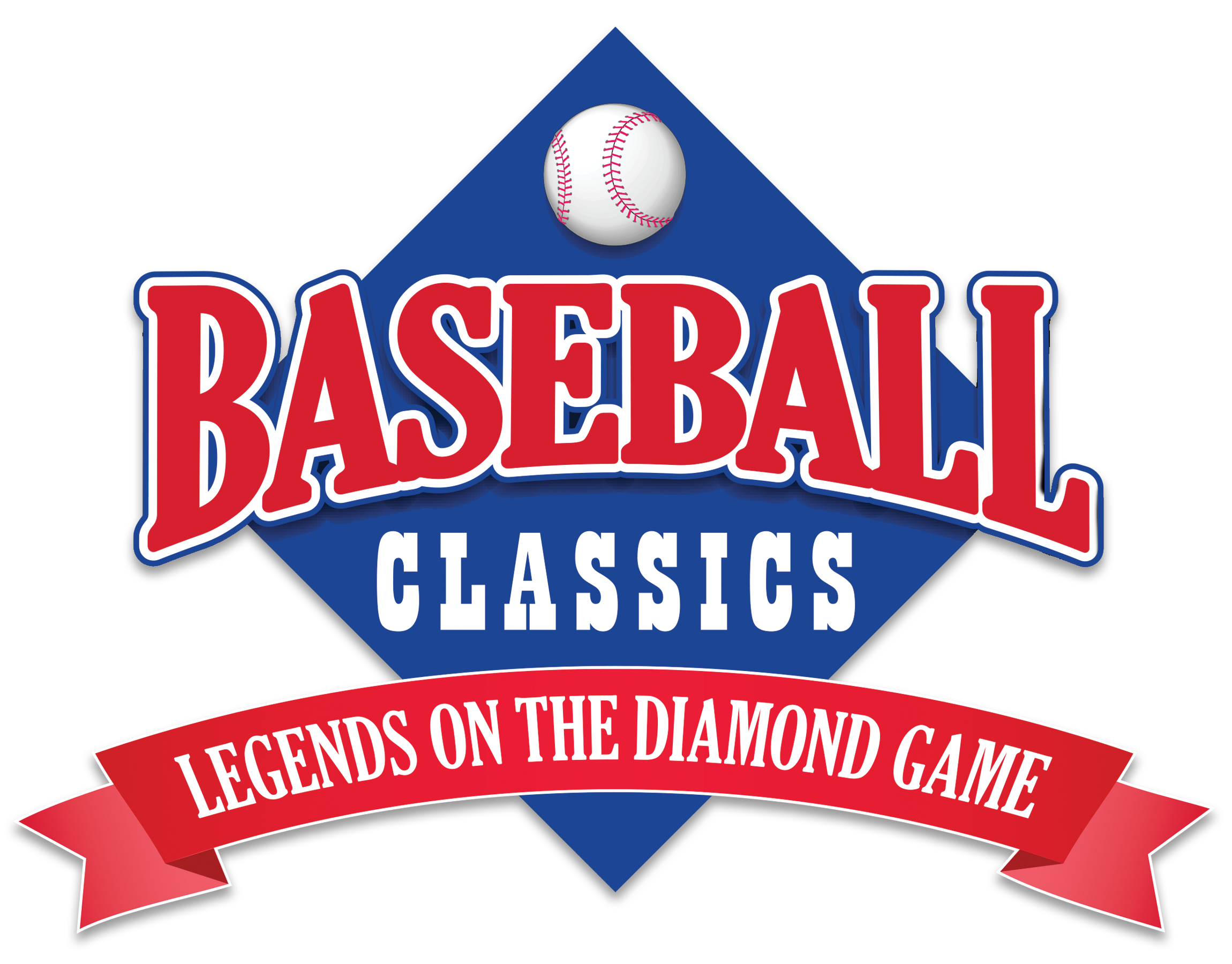You’re watching a baseball game on TV and a friend walks into the room. What’s the first question your friend would typically ask you about the game? Who’s winning, right?
That’s how simple baseball can be to watch, then again it’s beauty runs deeper than a long blast off the bat of Reggie Jackson in his prime. Here’s something to think about, consider these 21 factors that can and will impact your baseball board game play and how Baseball Classics incorporates them. Some may surprise you!
Let’s start with what I call the Situational Factors:
- Who’s playing and which one is the Home team? This fundamental answer shifts the in-game strategy, especially from the 5th inning on.
- What’s the score? The score is constantly running through your mind as you consider this key factor throughout every at bat.
- Which inning is it? The compass for your game play, naturally your decisions vary upon this depending variable.
- How many outs? The most precious commodity outside of runs scored and innings played.
- Threatening skies? Did you know in Baseball Classics you can be playing under inclement weather conditions that can rain out your game? It’s true and naturally changes how you manage every at bat.
- Who is up, pitching, and on deck? We condensed these 3 essential immediate areas into one that determine how you make the current managerial move.
- Who’s on base? Abbott and Costello aren’t the only one’s pondering this critical question. Base runners dictate everything.
Let’s start with what I call the Impact Decision Factors for the Offense (team at bat):
- What are the base runners steal ratings? Worth trying a theft or move them over with a bunt attempt, or perhaps just swing away to see what happens?
- What are the base running ratings? It is possible for a base runner to score from 1st base on a single.
- What is the batter’s bunt rating? Is it the right time, if so what type of bunt attempt?
- How about a Hit & Run? High risk with double play odds increasing, high reward automatically advancing any base runners an extra base.
- When to pinch hit? Could this force a pitching change and if so, how does that change your decision?
More Impact Decision Factors though for the Defense (team in the field):
- Should I make any changes to team in the field to improve? Read this article to see why this is so crucial.
- Is it time for a pitching change? If so, what am I needing to minimize the strengths of the current batter?
- Should you bring the infield in? Increases the chance for a hit, though also cuts down any runner on 3rd base.
- Time for a pitchout? If the other team is attempting to steal it will cut down his chances of success.
- How about a pickoff attempt? Watch out for throwing the ball away.
- Which runner(s) do you make a play on in a Groundout Forceout or Double Play? Your decision may change depending on who is on deck.
- Does your Catcher have the ability to lower your chances of giving up a passed ball or wild pitch? Especially keep an eye on during close games.
- Should you make a play on a runner attempting to advance an extra base? Doing so could nail him, then again if you don’t, other runners can advance. In some cases a runner can attempt to score from 3rd base on a base hit!
With these 20 factors and all the possibilities for decisions, it’s another example of why playing Baseball Classics or any baseball board games stimulate your mind. It’s why I wrote the article Baseball Board Games Generate Brain Power earlier this year.
Another factor to add to this list is an injury. Surely that too can truly impact the outcome of any game.
Here’s a brief case example for you, I welcome your responses in the Comment section below. Enjoy!
The combination of these factors will spawn your next move and more interestingly it’s likely someone else would instead have called for a different move.
1. 2013 Washington Nationals at 2012 SF Giants
2. Nationals 1 Nationals 2
3. Top of the 7th
4. 1 out
5. Skies are threatening to rain out the game
6. Strausburg is due up now, Vogelsong pitching, leadoff man Lombardozzi on deck.
7. Runner on 1st, Blue steal rating, yellow Run rating
What do you do if you’re managing the Nationals?

